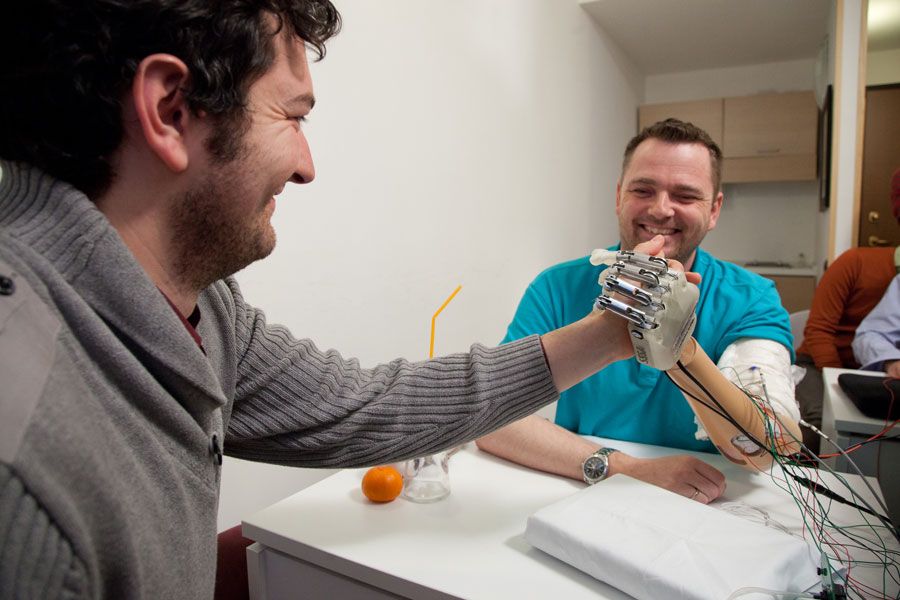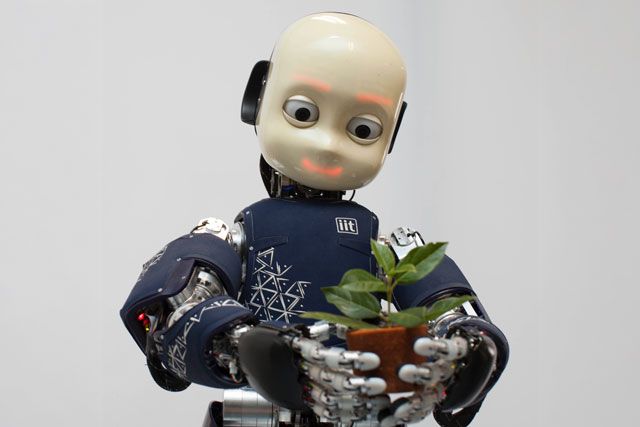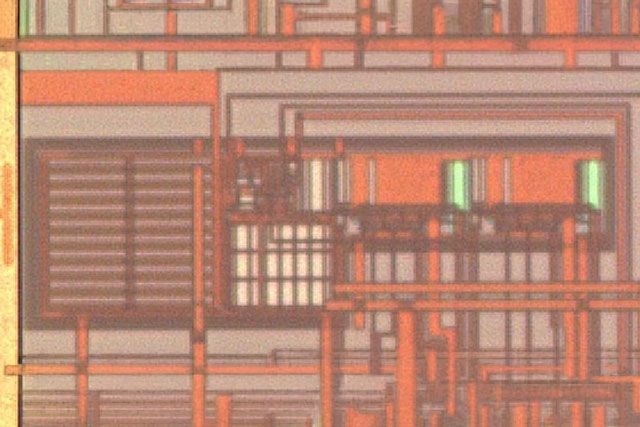Core Competences

Biological Touch
Experiments with controlled tactile stimuli gather evidence about the sensory encoding both in the peripheral and in the central nervous systems. In the PNS, different types of receptors and spatiotemporal receptive fields operate low level feature extraction and their spiking activity allows the CNS to extract information that is relevant for behaviour. Among these, not only static object properties are encoded by the spike patterns, but also dynamic information during manipulation and interaction. The complexity of the different stimulus properties calls for controlled experiments where stimuli are linked to behaviour, to disentangle the different properties encoded in the spike pattern. Recordings both in the PNS and CNS will shed light into the neuronal activity at different stages of the tactile sensory hierarchy.

Computational Touch
Models and computational theories have to explicit the neural coding of tactile information about low level stimulus features, up to more complex attributes such as those properties that are relevant for decision making. This core competence is the theoretical ground that links biological evidence, gathered through the first core competence, with artificial touch, realised within the third core competence, by providing evidence on the neural encoding of tactile information for stimulus characteristics and relevant to behaviour. It is responsible of the necessary abstraction level that guides the design of novel sensing devices, encoding strategies and processing.
